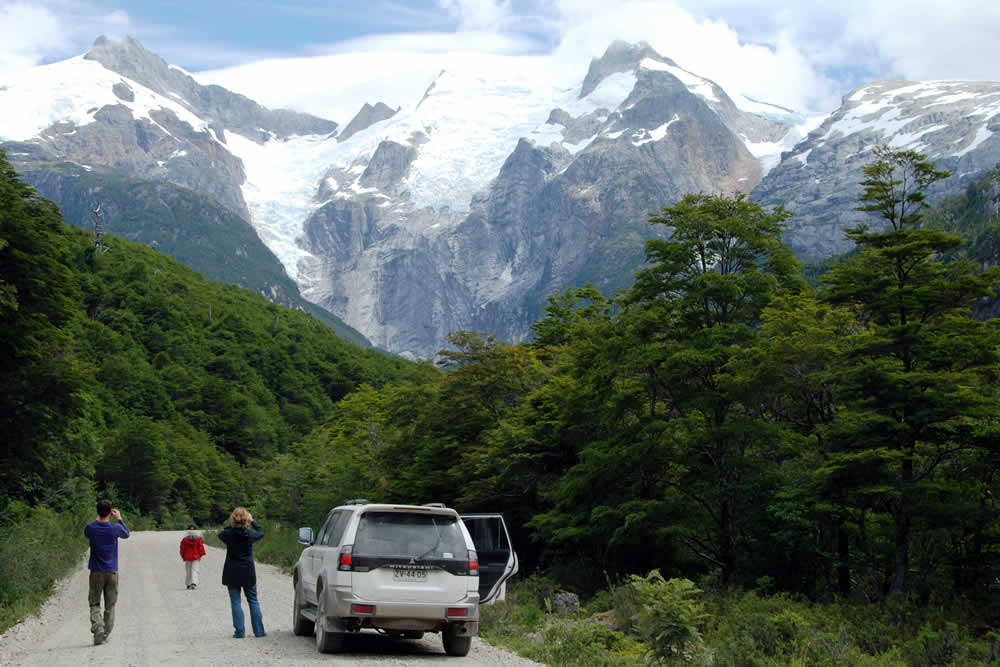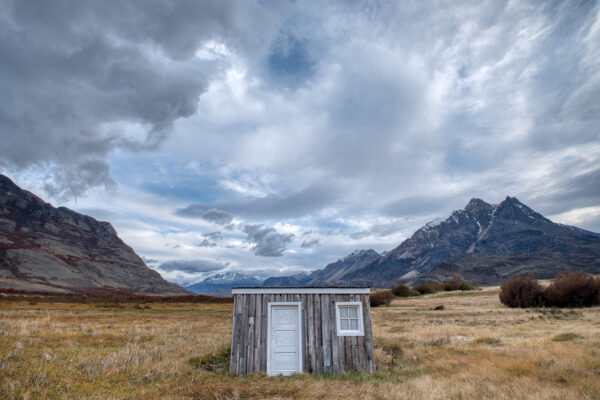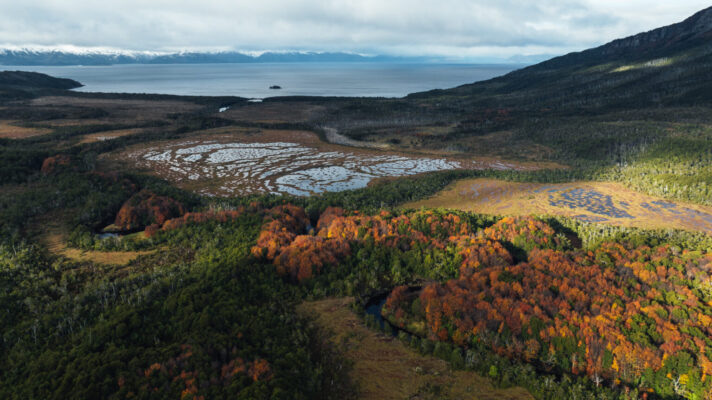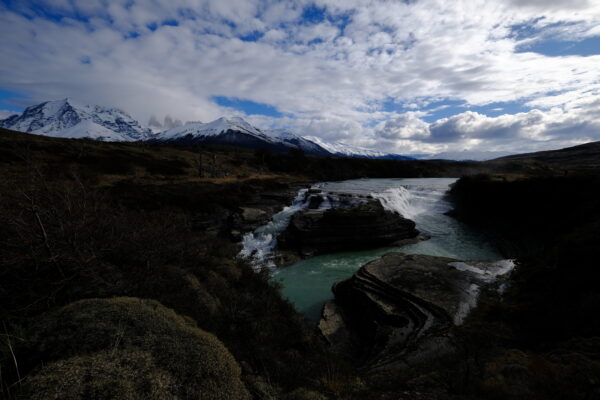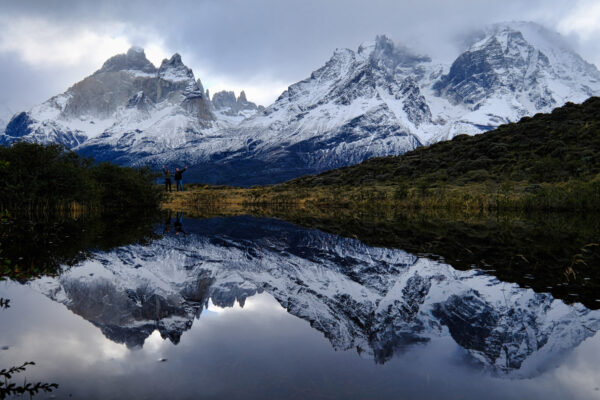Chile, with its breathtaking landscapes and vibrant culture, has emerged as a sought-after destination for sustainable travelers. This South American gem offers a wide range of eco-friendly activities and initiatives, allowing visitors to immerse themselves in the country’s natural wonders while minimizing their environmental impact. From the majestic peaks of Patagonia to the otherworldly beauty of the Atacama Desert, Chile provides numerous opportunities for sustainable travel. In this blog post, we will delve into the concept of sustainable travel, highlight the country’s commitment to ecotourism, and explore five top destinations that exemplify the principles of responsible exploration.
Torres del Paine National Park
Located in southern Chilean Patagonia, Torres del Paine National Park is a UNESCO Biosphere Reserve and a true paradise for nature enthusiasts. Its iconic granite peaks, glaciers, and crystal-clear lakes create a mesmerizing landscape that attracts visitors from around the world. To promote sustainable travel, the park implements a series of measures to protect its fragile ecosystem. Visitors are encouraged to stick to designated trails, follow Leave No Trace principles, and respect wildlife habitats. By supporting locally owned eco-lodges and engaging in guided tours led by knowledgeable park rangers, travelers can contribute directly to the preservation of this pristine wilderness.
Chiloé Archipelago
The Chiloé Archipelago, situated off Chile’s southern coast, is a unique destination renowned for its cultural heritage and stunning natural surroundings. This cluster of islands offers visitors an opportunity to explore traditional fishing villages, colorful UNESCO World Heritage wooden churches, and a diverse ecosystem that includes lush forests, wetlands, and pristine coastlines. Sustainable travel initiatives on Chiloé include community-based tourism projects that support local economies and preserve traditional crafts and practices. Travelers can engage in activities like birdwatching, kayaking, and hiking, while also experiencing the rich folklore and gastronomy of the region.
Valparaíso and its Surroundings
Valparaíso, a vibrant coastal city, is known for its bohemian atmosphere, colorful hillside neighborhoods, and impressive street art scene. The city’s commitment to sustainable development is reflected in initiatives aimed at reducing waste, promoting recycling, and preserving its historic and cultural heritage. Visitors can explore the city’s UNESCO-listed historic center, ride its iconic funiculars, and enjoy panoramic views from various viewpoints. Nearby, the Casablanca Valley offers sustainable wine tourism experiences, with vineyards implementing organic farming practices and offering eco-friendly tours that showcase the region’s world-class wines.
Atacama Desert
The Atacama Desert, often called the driest place on Earth, is a captivating destination known for its otherworldly landscapes, geysers, salt flats, and star-filled skies. Sustainable travel in the Atacama region focuses on protecting its fragile ecosystem while offering unique experiences. Visitors can explore the Moon Valley, Tatio Geysers, and Atacama Salt Flat, accompanied by knowledgeable local guides who provide insights into the desert’s geological wonders and conservation efforts. Lodgings in the area implement eco-friendly practices, such as water and energy conservation and local community engagement.
Huilo Huilo Biological Reserve
Nestled in the Chilean Lake District, the Huilo Huilo Biological Reserve is a haven for biodiversity and sustainable tourism. This privately owned reserve promotes environmental education, conservation, and community development. Travelers can immerse themselves in the reserve’s lush forests, hike to stunning waterfalls, and spot a variety of wildlife species, including the elusive pudú deer. Accommodation options range from eco-friendly lodges built using sustainable materials to treehouse-style accommodations that blend seamlessly with the surrounding nature. Staying at the reserve directly supports conservation efforts and community initiatives, ensuring that future generations can continue to enjoy this remarkable natural haven.
Conclusion
Chile’s commitment to sustainable travel is evident in its diverse range of eco-friendly initiatives and destinations. From the awe-inspiring landscapes of Torres del Paine National Park to the cultural wonders of Chiloé Archipelago and the urban charm of Valparaíso, travelers have ample opportunities to explore the country responsibly. The Atacama Desert’s enchanting beauty and the biodiversity of the Huilo Huilo Biological Reserve further showcase Chile’s dedication to preserving its natural heritage.
As a responsible traveler, there are several ways you can contribute to sustainable travel in Chile. Support local businesses, choose eco-friendly accommodations, minimize waste, and respect the environment and local communities. Engaging in guided tours led by knowledgeable local guides ensures that you have a more profound understanding of the region’s unique ecosystems and conservation efforts.
Remember, sustainable travel is not just about minimizing your impact; it’s about leaving a positive imprint on the places you visit. By embracing the principles of sustainability and responsible exploration, you can help protect Chile’s natural treasures for future generations to enjoy.
So, pack your bags, embrace the spirit of sustainable travel, and embark on a journey to Chile, where unforgettable experiences and breathtaking landscapes await while preserving the beauty of this remarkable country.


